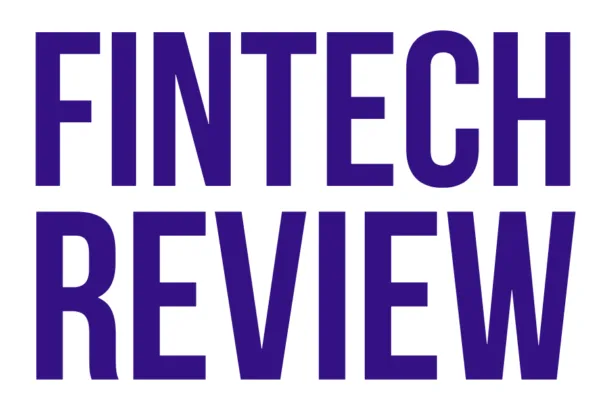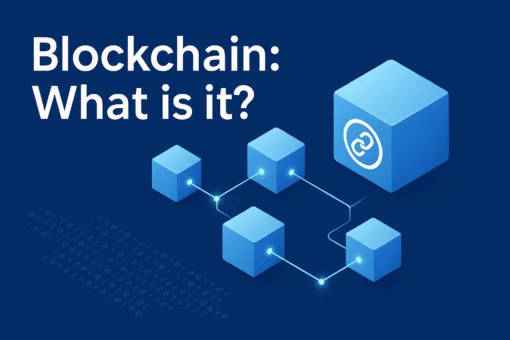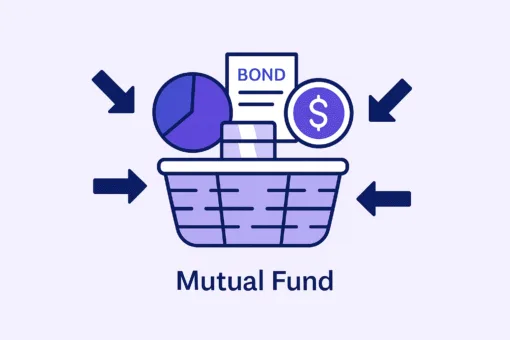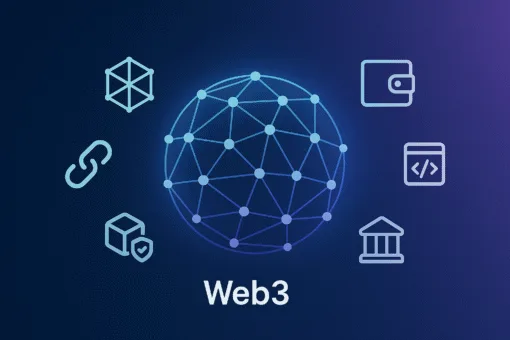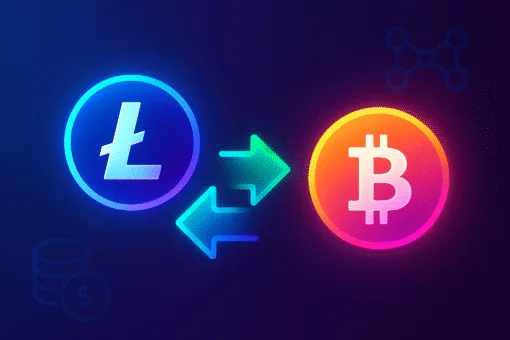Maths do not lie. That’s not a new song by Shakira. Maybe you are not a big fan of numbers, but they tend to be truthful. To a certain extent. If you have done a bit of financial modelling, you know that it all comes down to the assumptions… Nonetheless, crunching the numbers is usually the best way in business, finance or economics to know if something works or not. In life, generally. Most seasoned executives would want to see numbers more than anything else. Marketing glitter and talks of pie in the sky value is all good and fun. However, at some point you need to talk about real numbers. Not even see them but talk about the logic. Even if you do that, some would try to fool you. Yes, we are talking about you WeWork and your “Community Adjusted EBITDA“. You can be innovative all you want about how you present information, analysts will enjoy breaking it down… What about the business economics of neobanks and traditional banks?
The economics of traditional banks and neobanks are very different on several accounts
Nothing truly shocking or surprising in this statement. The operating models of incumbent banks and up-and-coming fintech startups tend to differ quite significantly. Which means that the underlying business economics are not the same at all.

This is a very informative graph from Ark Investment Management, a well-known firm that manages a few active funds and has made a killing taking positions in Tesla, Coinbase and others. It is a useful, simple snapshot of the difference in terms of business economics between digital wallets and retail banks. Let’s break it down into its two components: customer acquisition cost (CAC) and customer lifetime value (CLV).
Customer acquisition: why are fintechs’ cost of acquisition so low vs banks?
The customer acquisition cost is the amount, on average, to acquire a customer. It varies greatly by industry and even within. Companies can be willing to spend thousands or a couple of dollars. Acquiring new customers is the fuel of any startup, fintech or not. That’s how you grow a business, you eventually need customers. No need to do an MBA at Harvard Business School to figure this out. It sometimes leads startups to adopt the model “build a customer base and figure out how to monetise it later“. Which can work, although it remains to be seen how many companies can do that strategy within the same industry segment… Looking at you, the next retail-focused neobank in London.
Incumbent banks are in a different situation: they already have a customer base. Therefore, there is less an emphasis on attracting new customers and more on reducing the attrition for their base (e.g. customers that are tired of their banks and just leave). However, banks still need to attract a few customers every month to make up for the natural churn. But why is the cost of acquisition so low for fintechs vs banks then?
Marketing, you’re doing it wrong
The chart above is for US digital wallets, but it’s the same for other fintechs. British neobank Monzo has a CAC of around $5. That’s really low. Most incumbents spend hundreds or in this example close to $1,000 per customer.
How can there be such a big difference?
The secret resides in the fact that traditional and new banks are not trying to attract customers in the same way. The reality is on one hand heavy use of social media and word of mouths, and on the other organisations stuck in the 20th century. Relying on expensive TV ads and conventional marketing techniques is much more expensive. Banks have social media accounts, but they do not know how to use them. And the problem is that word of mouths is dirt cheap, but you need a good product for that… at least to get a buy recommendation.
Social media has become a place for advice and where people go to learn a few things. Products can be purchased on the go quickly, customers are expecting to be able to switch from the social media platform to a website where they can complete their order quickly. It is therefore a deeper problem around marketing techniques. It is much cheaper, but you just cannot use social media the same way you would pay for a billboard. And that’s the major difference between traditional banks and neobanks. A gap in understanding. Incumbents do not get that on social media it is important to be true, people need to like your content to like your product, and reputation is everything. It does not help that banks have bad ones.
It needs to be genuine engagement with a community, building it over time and nurturing it. Neobanks have understood that and have built very strong super fans that just love their products. Their number one cheerleaders. It will be hard for banks to get to the neobanks on cost of acquisition, so the only solution is to have consistently higher lifetime value…
Cheap selling techniques
Another key difference is on the distribution: an end-to-end digital sale process is much cheaper than one that involves manual intervention at some point. Even more costly if it involves going to a branch to sign papers. Without even talking about the fact that it adds a lot of friction in the process… it needs to be smooth and paperless. Otherwise, it piles up in the overall cost of acquisition.
Lifetime value: how to maximise it?
That’s the second part. The lifetime value is the net profit that a company makes on a customer. That can be $50 or $10,000 depending on a company’s core business, how much a customer pays and how long he stays with the company. You have acquired the customer, now what? Well, you need to sell that customer something to make some money. And you need to spend as little as possible for the ongoing management of said customer.
That’s where once again, different worlds collide and the economics are vastly apart for banks and fintechs. Incumbents already make a good amount of money out of customers through lending and (way too much) fees. Much more than fintechs could dream of. That is why traditional banks are willing to spend so much on the acquisition. Crunching the numbers, they think the CLV will be much higher than the CAC over time.
However, the ongoing cost per customer for traditional banks is huge thanks to legacy systems, branches, and massive overheads. Quick maths, the lifetime income you get from the customer is eaten away by both the higher cost of acquisition, and the higher ongoing cost.
Meanwhile, neobanks make much less income per customer, for now, but there is also less that is deducted from said income in terms of costs. That’s how you can see that the business economics are more favourable for neobanks over the long run…
Is it all doom and gloom?
Yes. Pretty much. When it comes to it, unless a miracle happens… or disaster, depending on which way you look at this.
The race is obvious: to improve the economics, neobanks want to maximise income, banks want to reduce costs. However, one is easier than the other. You have guessed what. Investors have already chosen who they think will win that race. How? They have crunched the numbers. The economics are not great for incumbents. Is there a silver lining?
Well, yes. For fintechs, the lifetime value is only an assumption. They lack the historical data to know if it is actually true. It might not materialise. The market is fragmenting as the industry is going from universal banks to specialised financial service providers. Not every company can get the exact same lifetime value out of a customer. You cannot drink twice the same glass of wine.
Obviously, the breakeven point is much lower if you need to make a mere $20 on a customer to get back your CAC. But you still need to make it. So if you are not lending and only offering a free product… It is going to be hard!
